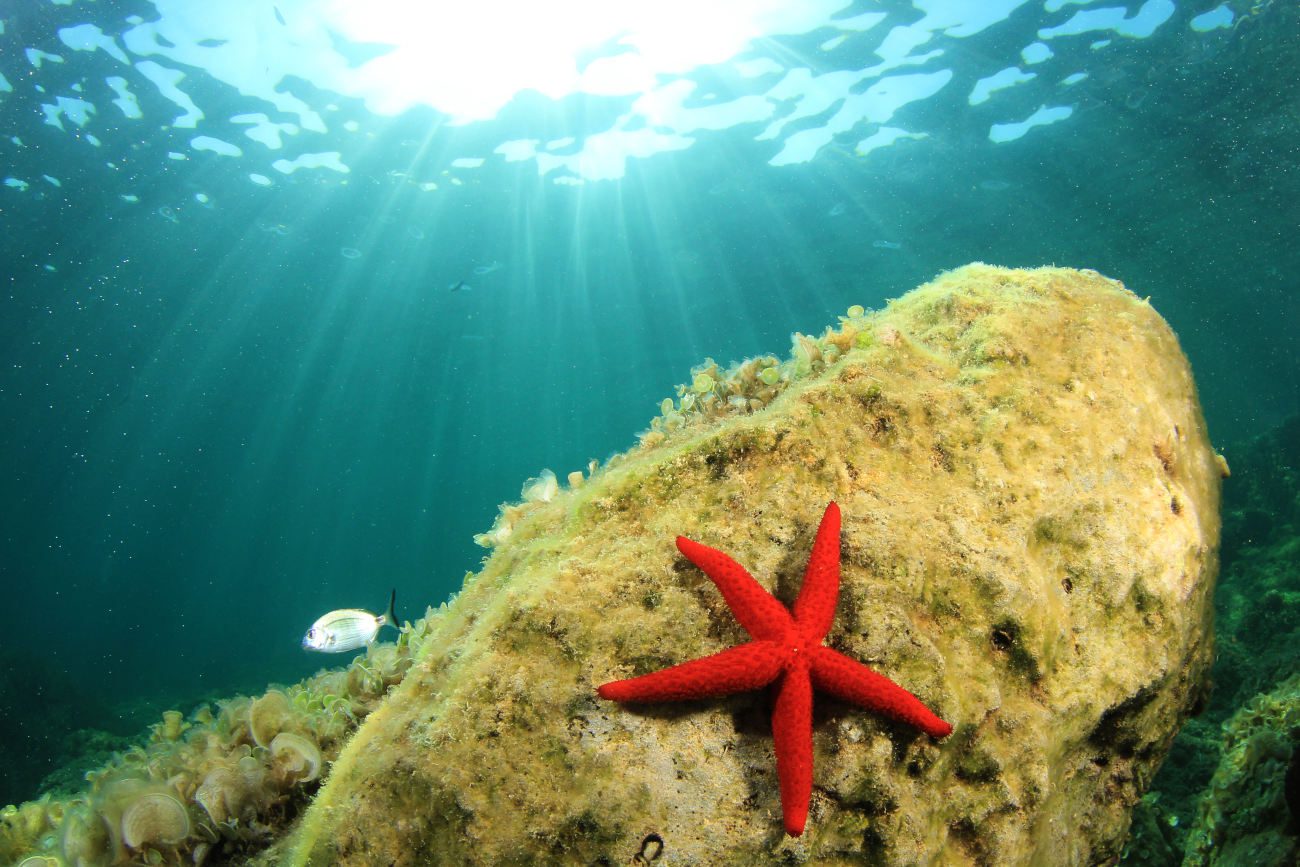Mallorca is known for its stunning beaches, rich culture and pleasant climate. One of the most sought after aspects in recent years is the temperature of the sea in Mallorca. Something that plays a fundamental role in the experience of visitors but, above all, in the diversity of its marine ecosystem.
The temperature of the sea in Mallorca varies throughout the year due to natural factors and climatic phenomena. During the winter months, the island experiences cooler temperatures, with the sea reaching around 15 to 17 degrees Celsius. These conditions are ideal for those looking to explore the less crowded nature of the island and engage in activities such as hiking and cycling.
As spring progresses and summer arrives, the waters of the Mediterranean Sea in Mallorca gradually warm up, reaching more pleasant and refreshing temperatures. In the months of July and August, the sea temperature can exceed 26 degrees Celsius, providing an oasis of relief for tourists and residents in the midst of the summer heat.
Mallorca sea surface temperature by month
The Balearic Islands Coastal Observing and Forecasting System (SOCIB) publishes frequent reports and data on sea temperature in Mallorca. As well as for the whole Mediterranean. Among other graphs, on its website you can find data on the sea temperature in Mallorca by month:

Sea temperature in the Balearic Islands by month. Source: SOCIB.
This temperature can be monitored through SOCIB data at this link.
As well as being essential for tourism, the temperature of the sea in Mallorca also influences its marine ecosystem. Seasonal changes affect the distribution and migration of many marine species, including fish, crustaceans and seabirds. For example, during the warmer months, some species migrate to cooler waters, while others take advantage of the increased temperature to breed and feed. The marine biodiversity in Mallorca is rich and varied, making it an outstanding place for marine life observation and diving activities.
Climate change and sea temperature in Mallorca
It is important to note that climate change also has a significant impact on the sea temperature in Mallorca. Several records have been broken in 2023. The Mediterranean Sea is one of the regions most vulnerable to rising temperatures, partly due to its semi-enclosed nature.

According to the Balearic Sea 2022 Report, the sea surface temperature has increased by 1.43ºC in forty years, with a trend increase of 0.36ºC/decade. Since 1982, the maximum average temperature recorded has been 29.2ºC (13 August 2022). This record could be broken in 2023. Since 2020, SST thermal anomalies have exceeded 1°C, particularly in the south-eastern Balearic Sea. For 2021 and 2022, the average summer anomalies were + 1.2 ºC (with a seasonal maximum of +1.6 ºC in the south of Mallorca) and + 2.7 ºC (with a seasonal maximum of + 3 ºC in several points of the Balearic Sea), respectively.
In short, the sea temperature in Mallorca is a key factor defining the tourist experience and the ecology of the island. Climate change is causing these temperatures to rise, according to scientists. Each year, as more heat waves are recorded, water temperatures are rising and new records are being broken.








Leave A Comment